Funerals
NLC ARTICLES
.jpg)
This article outlines the provisions for laypersons to lead certain funeral rites in the absence of clergy, emphasizing the need for proper training and pastoral sensitivity.
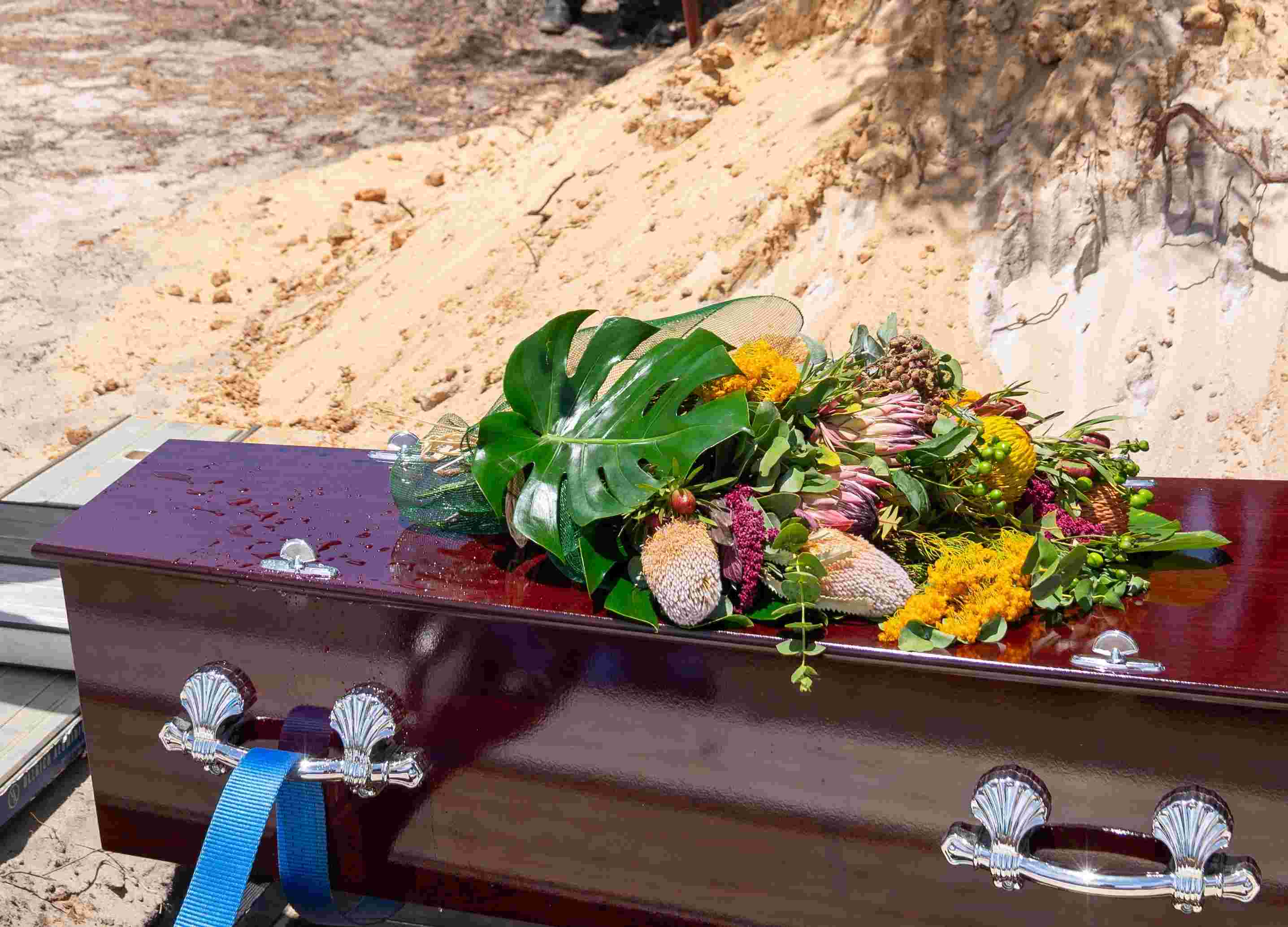
This piece examines the structure and purpose of Catholic funeral rites, highlighting the importance of each stage in the grieving process.
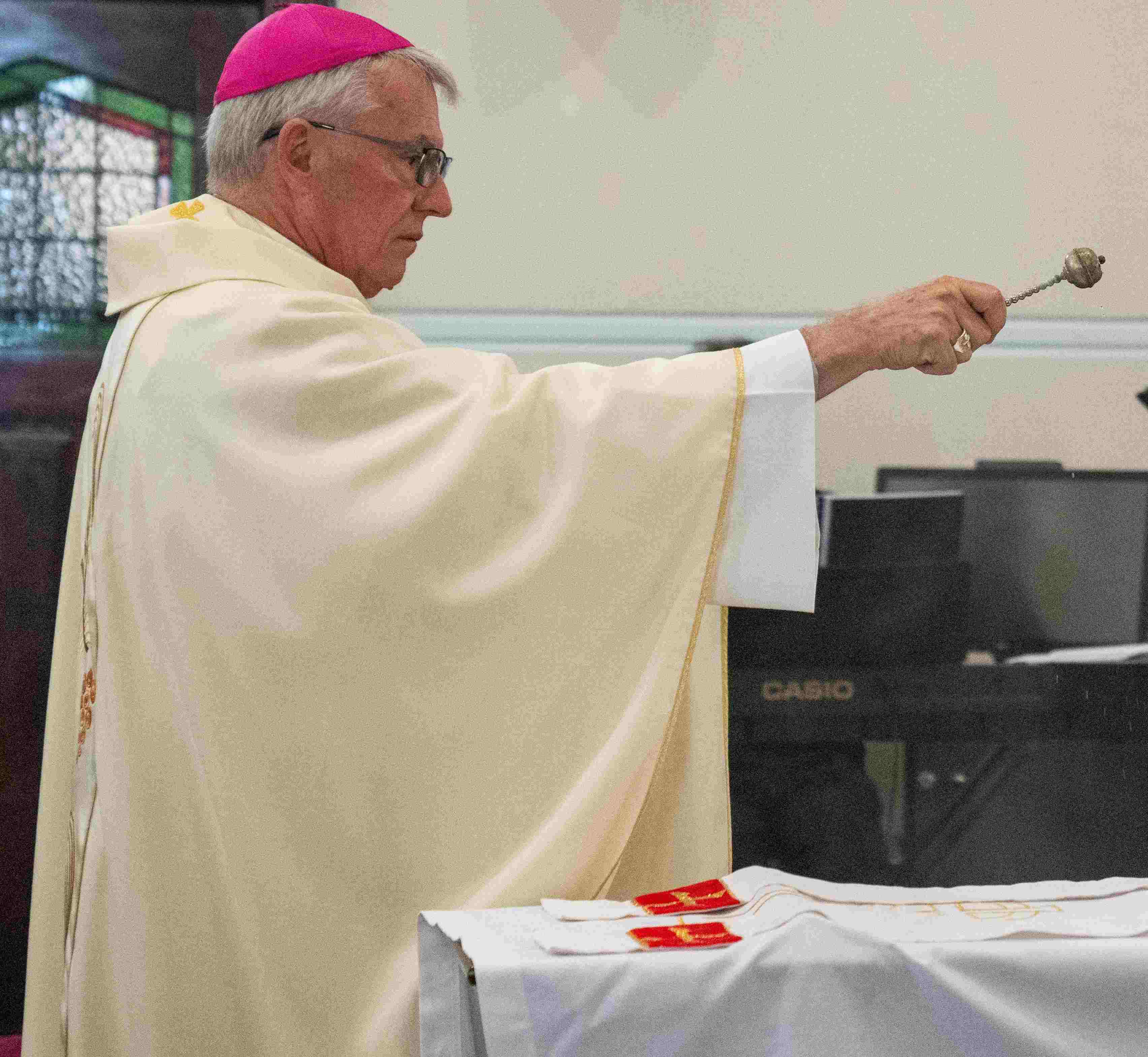
This article addresses contemporary challenges in funeral practices, including the use of eulogies, music selection, and the significance of symbols.

This piece discusses the Church's approach to cremation and the use of columbaria, emphasizing respectful treatment of ashes and appropriate liturgical practices
official documents
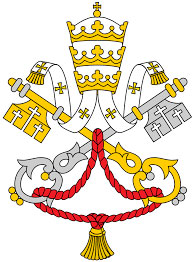
Holy See
This instruction provides guidance around Christian burial practices for the faithful who have been cremated, noting their ashes must be interred at a sacred place and must not be divided.

National Liturgical Council
This resource provides sample prayers of the faithful to be used during funeral liturgies, covering various intentions for the deceased and the bereaved.
DIOCESAN RESOURCES

Ballarat
This downloadable PDF offers guidelines for the pastoral care of the sick and dying, funerals and bereavement ministry for the Diocese of Ballarat. It primarily discusses the preparation of Christian funerals, including symbols and the choices involved and describes the differing liturgical forms.
The Ballarat Diocesan Liturgical Commission offers a number of other resources associated with Funeral Ministry:
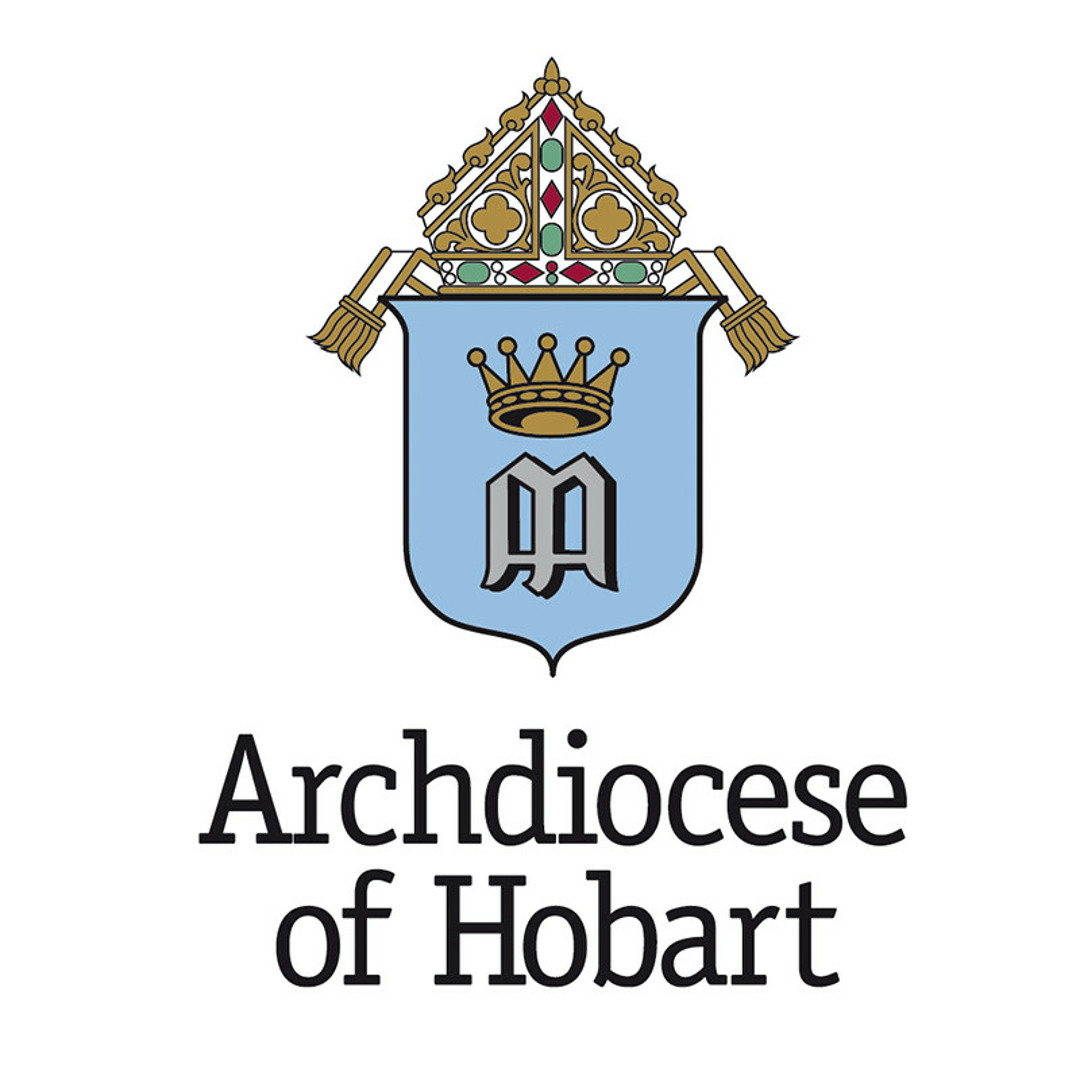
Hobart
This downloadable PDF provides a condensed overview of death and Christian hope. It includes some frequently asked questions about the funeral rites.
This downloadable PDF briefly describes how the the Christian community approaches suffering and ministry to the sick. Anointing of the Sick and acts of kindness are included. Some frequently asked questions about anointing and viaticum are included.
This downloadable PDF briefly describes role of the Christian community in offering comfort and consolation to the bereaved and how they farewell those who have died.
This downloadable PDF briefly describes the rites of the Church including the Vigil, the Funeral Mass, the Liturgy of Christian Burial and the Rite of Committal.

Perth
This downloadable PDF contains guidelines for those involved in funerals , especially musicians, for the Archdiocese of Perth. It outlines the structure of the funeral liturgies, describes the places where music choices can be made and offers some suggestions for various parts of the liturgy.

Sale
This downloadable PDF contains guidelines for those involved in funerals in the Diocese of Sale
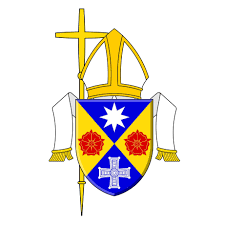
Sandhurst
The diocese offers a number of resources that are associated with ministering to the bereaved and preparing the funeral liturgy:
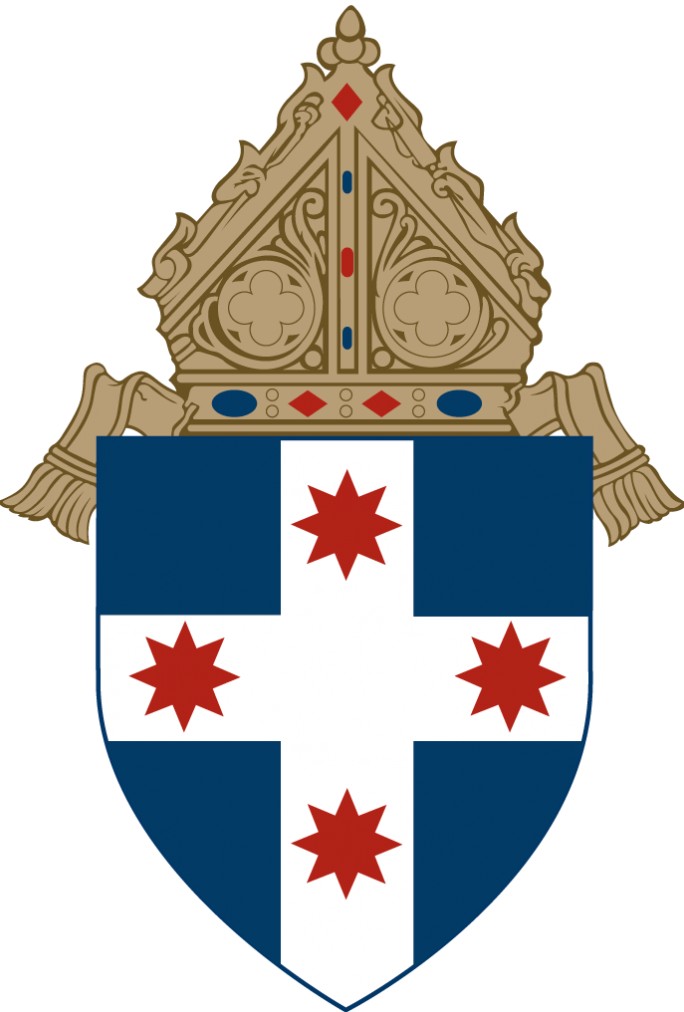
Sydney
This downloadable PDF contains guidelines for those involved in speaking in remembrance of the dead in Catholic Funerals funerals.
OTHER RESOURCES
Journal Articles

Poppy ceremonies at Catholic funerals have created many issues, as they are held during the Church's official liturgy, take an unproportionate amount of time, and are not inclusive to the members present.
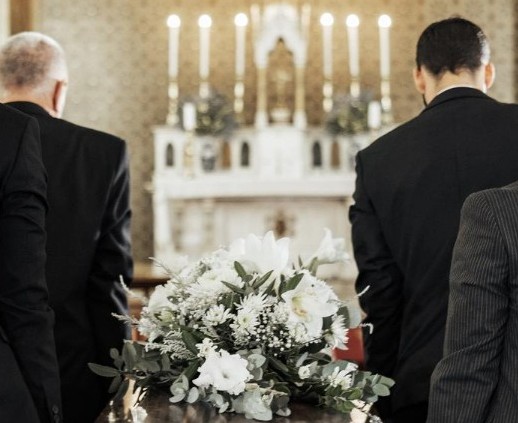
The Catholic funeral liturgy can be customised through liturgical texts, prayers of intercession, and the funeral leaflet without the need to take away from the liturgy with extended euligies. The main purpose of the funeral is to farewell the deceased and celebrate them returning to God, not to celebrate their life.
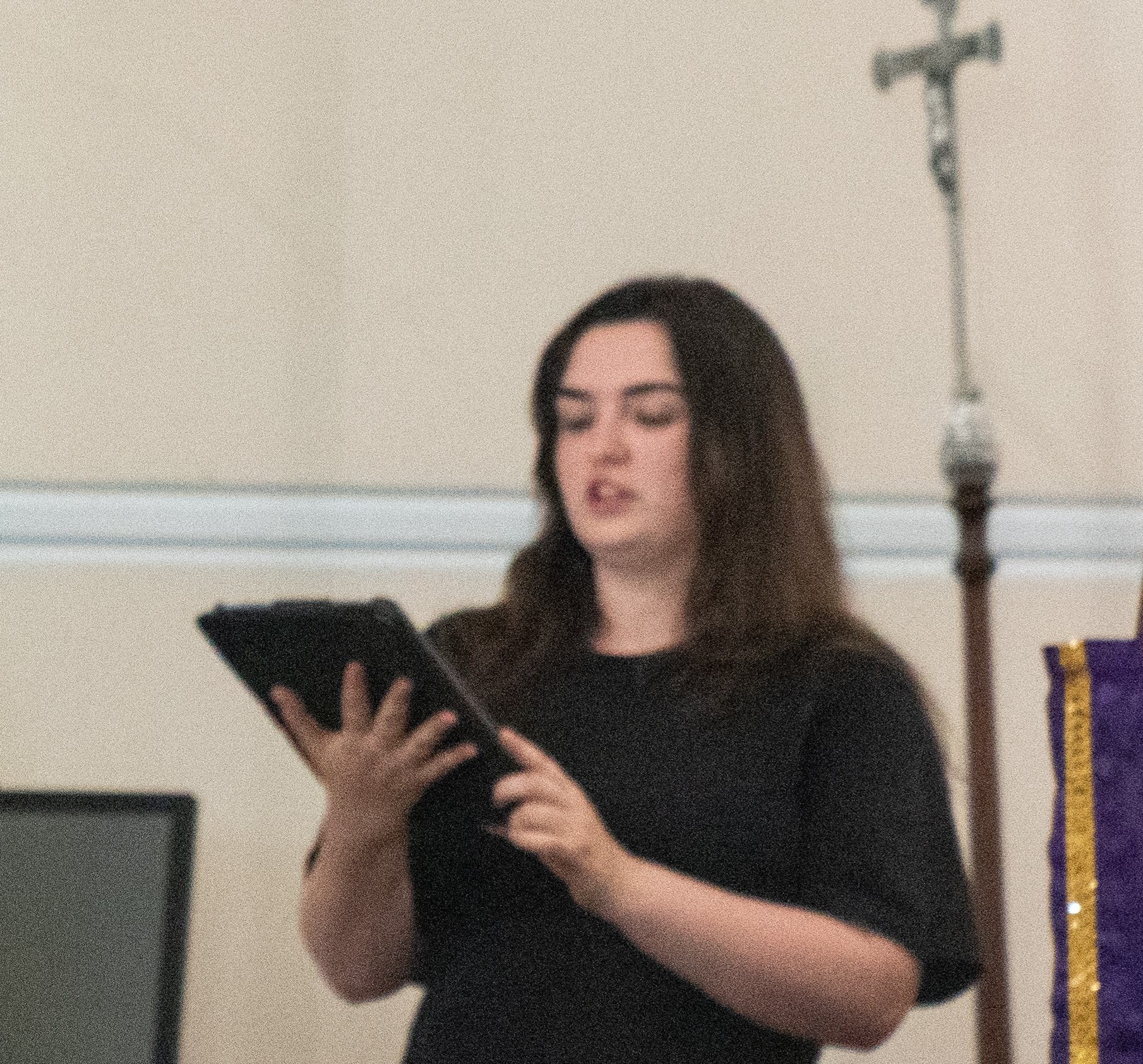
Music is an integral part of the funeral rites as it allows the community to express feelings and consoles and uplifts mourners. The music chosen should use familiar melodies so the assembly can participate, and the recessional hymn can ba an appropriate favourite song of the deceased.

During the sacrament of the anointing of the sick, it is encouraged for family to be present and to engage in the sacrament. After death, the short rites from the Order of Christian Funerals can be said once again with the family present and involved.
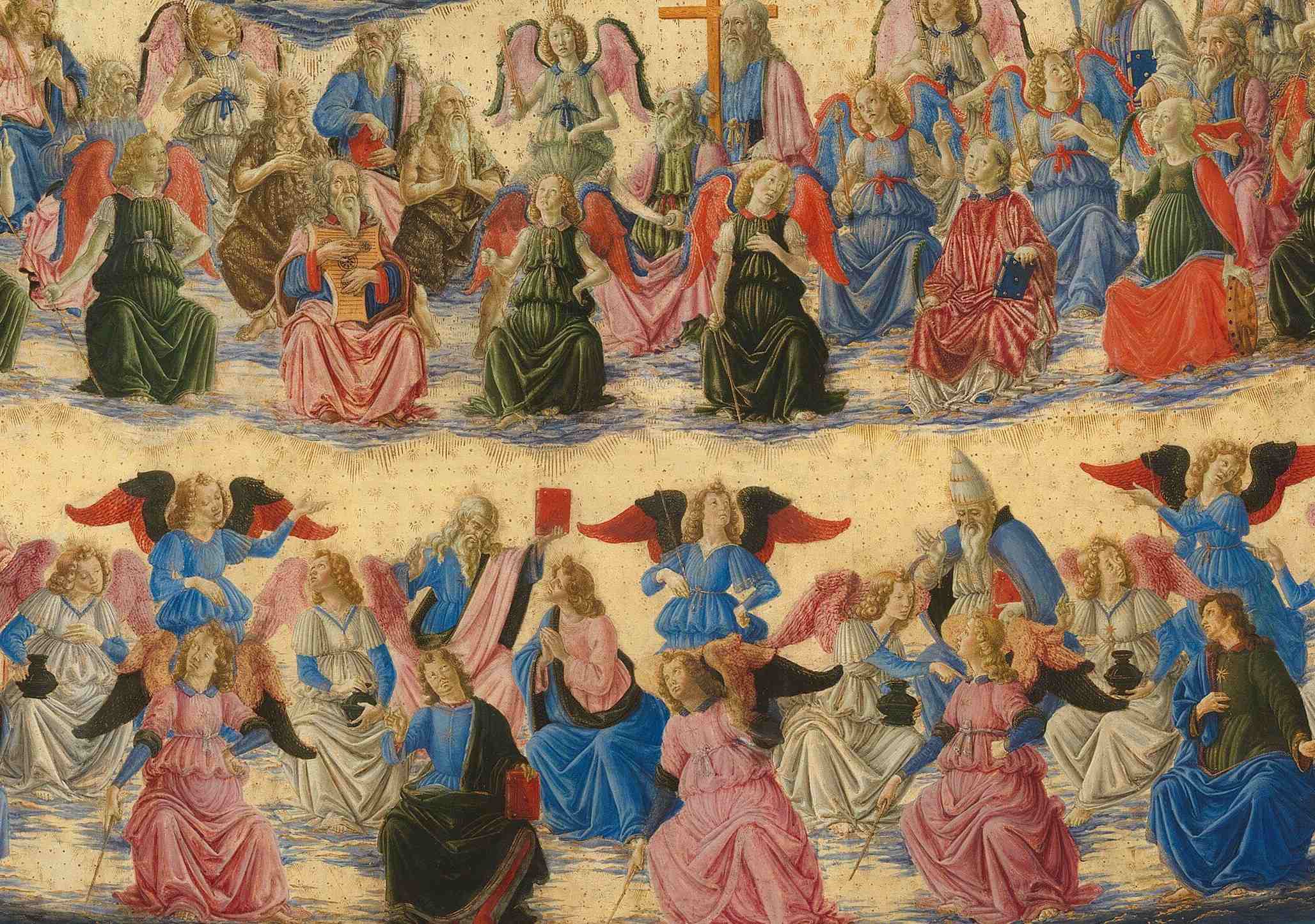
The song of farewell sits within the Final Commendation at the end of the Catholic Funeral, and is a call to the saints and angels to meet the deceased and present them to God. The song of farewell can be accompanied by the sprinkling of water in remembrance of baptism and the use of incense as a sign of respect.
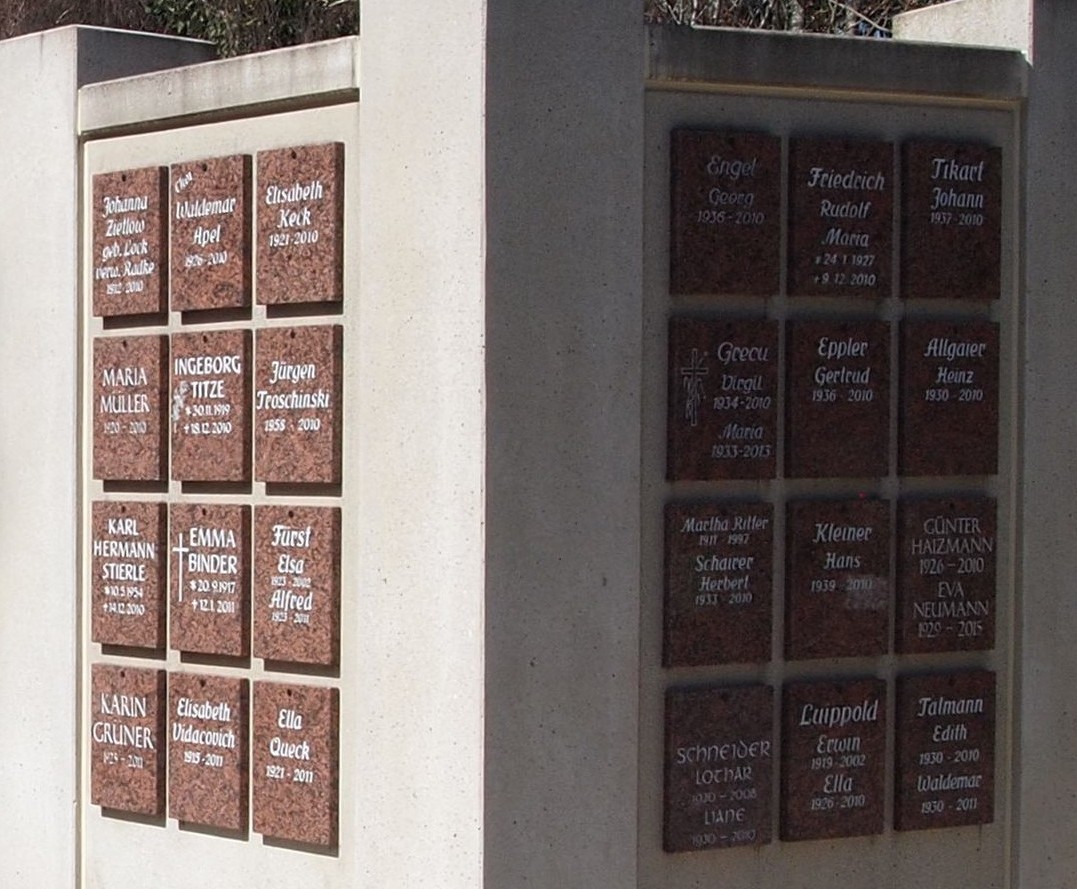
It is possible to establish a columbarium in or near the church to receive the ashes of the deceased. Although preference is given to a funeral in the presence of the body, Catholic practice is to treat a person’s ashes as we would the body, namely as a primary symbol of the person, and so due honour and respect.
Bulletin Articles
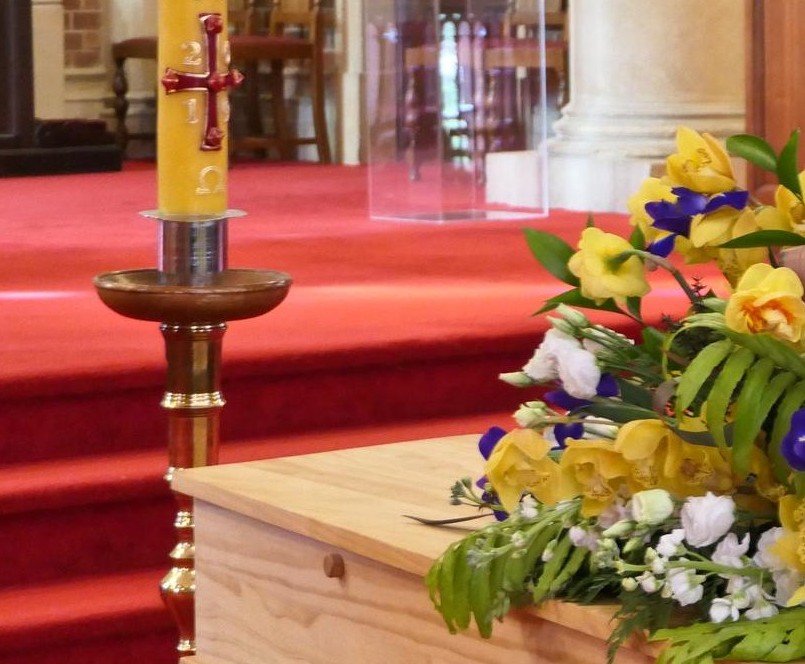
This article reflects on the Christian understanding of death, highlighting the role of funeral rites in expressing hope in the resurrection.
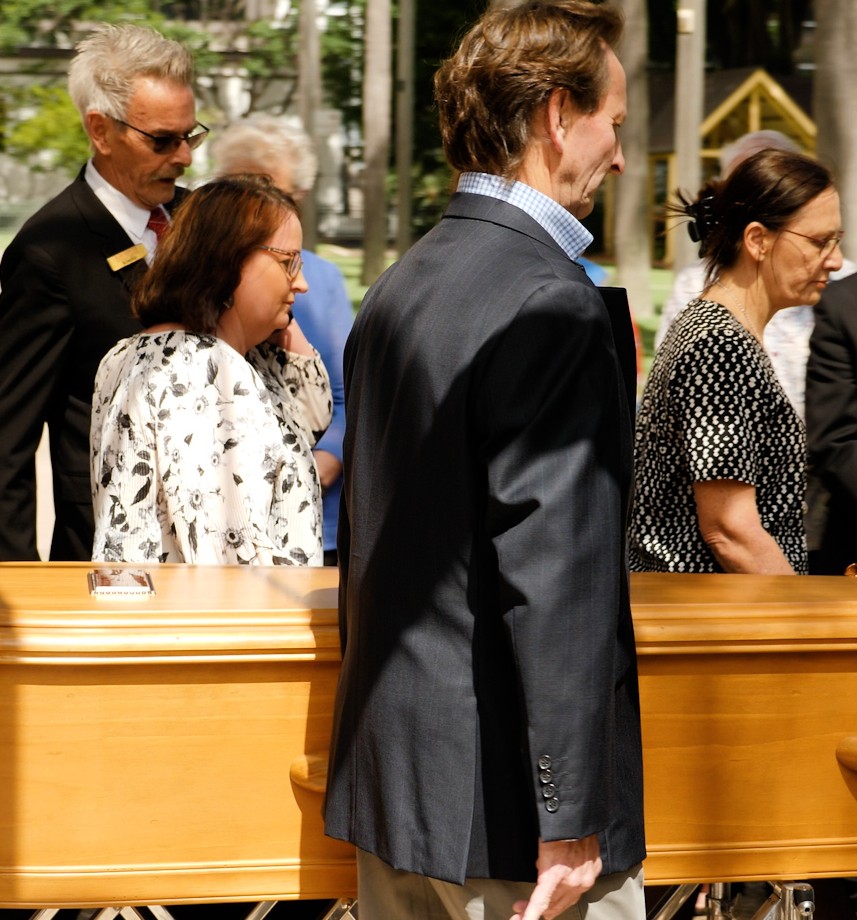
This piece emphasizes the communal aspect of mourning, encouraging the faithful to support one another through the funeral rites and beyond.
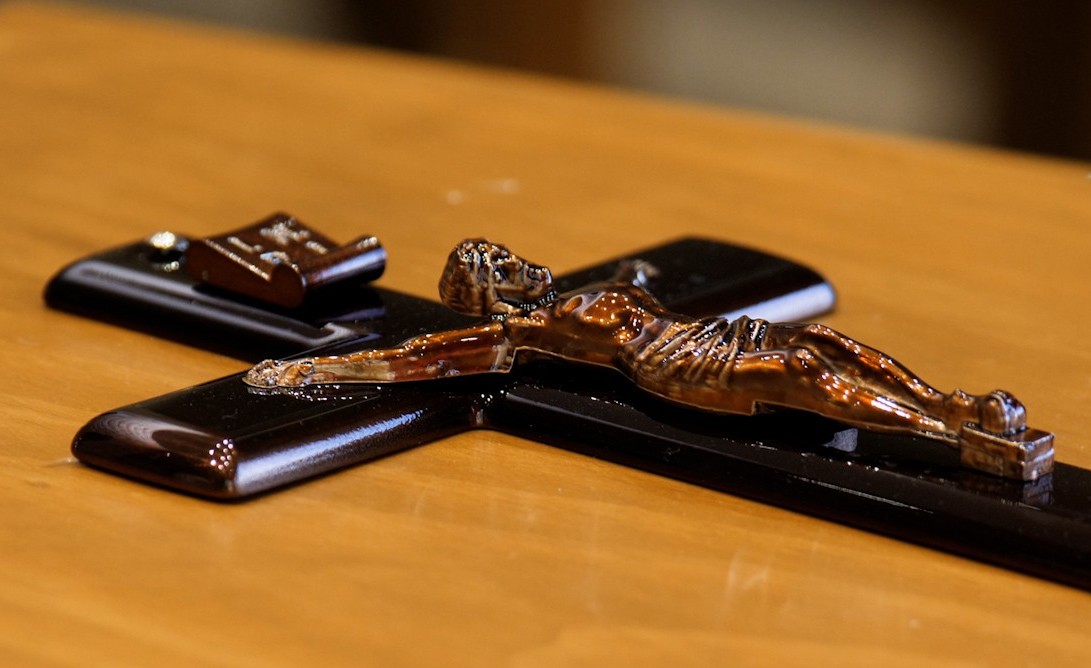
This article introduces the various rites provided in the Order of Christian Funerals, focusing on prayers and rituals from death to final committal.

This piece delves into the Vigil service, its structure, and its role in the grieving process, including the use of personal mementos and music.
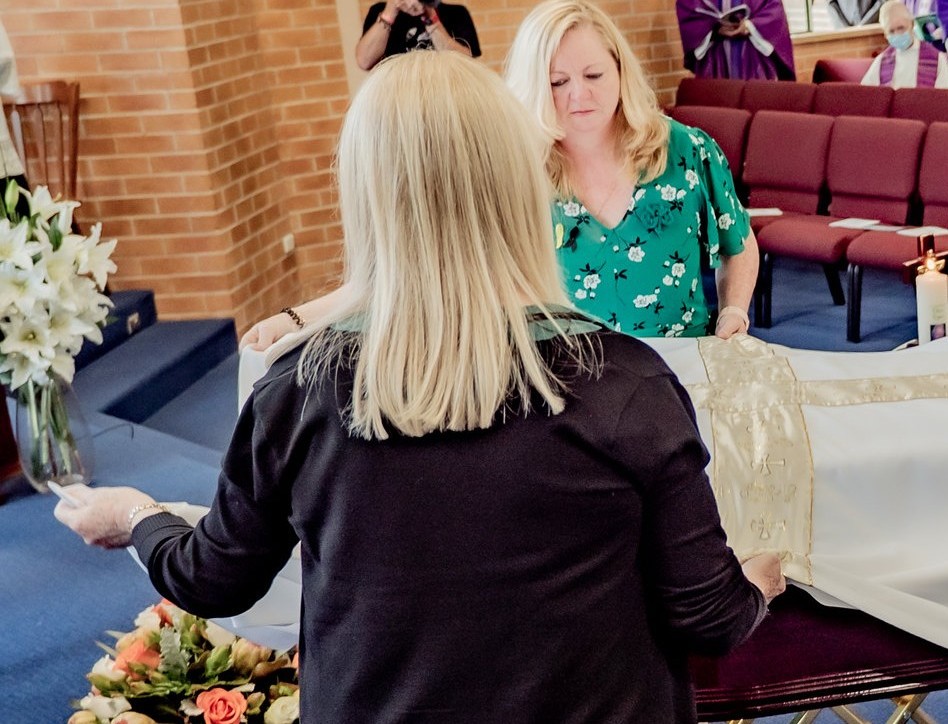
This article outlines the components of the Funeral Mass and Funeral Liturgy outside Mass, discussing preparation and the inclusion of symbols and music.
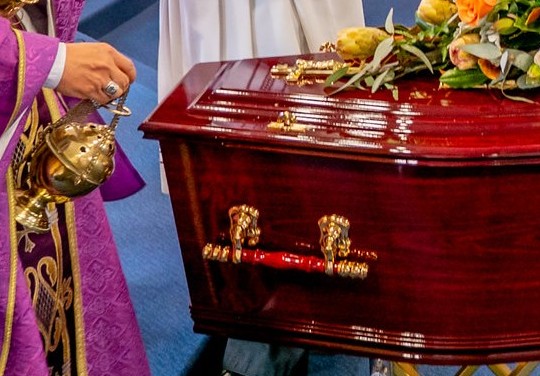
This piece continues the exploration of the Funeral Liturgy, focusing on the Liturgy of the Word, homily, and the appropriate inclusion of words of remembrance.
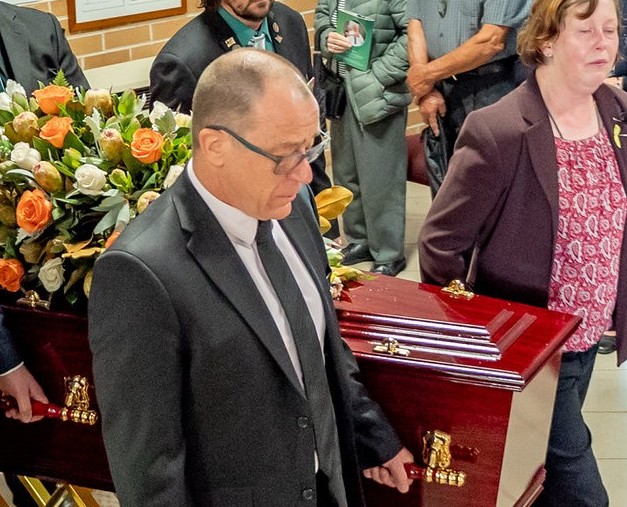
This article explores the concluding rites of the Funeral Liturgy, focusing on the Final Commendation and the role of music, symbols, and gestures in expressing hope in the resurrection.

This article discusses the final rite in the funeral sequence, emphasizing its significance in the grieving process and the commendation of the deceased to God.

This piece offers guidance on the unique considerations and pastoral care required when conducting funerals for children.
Podcasts
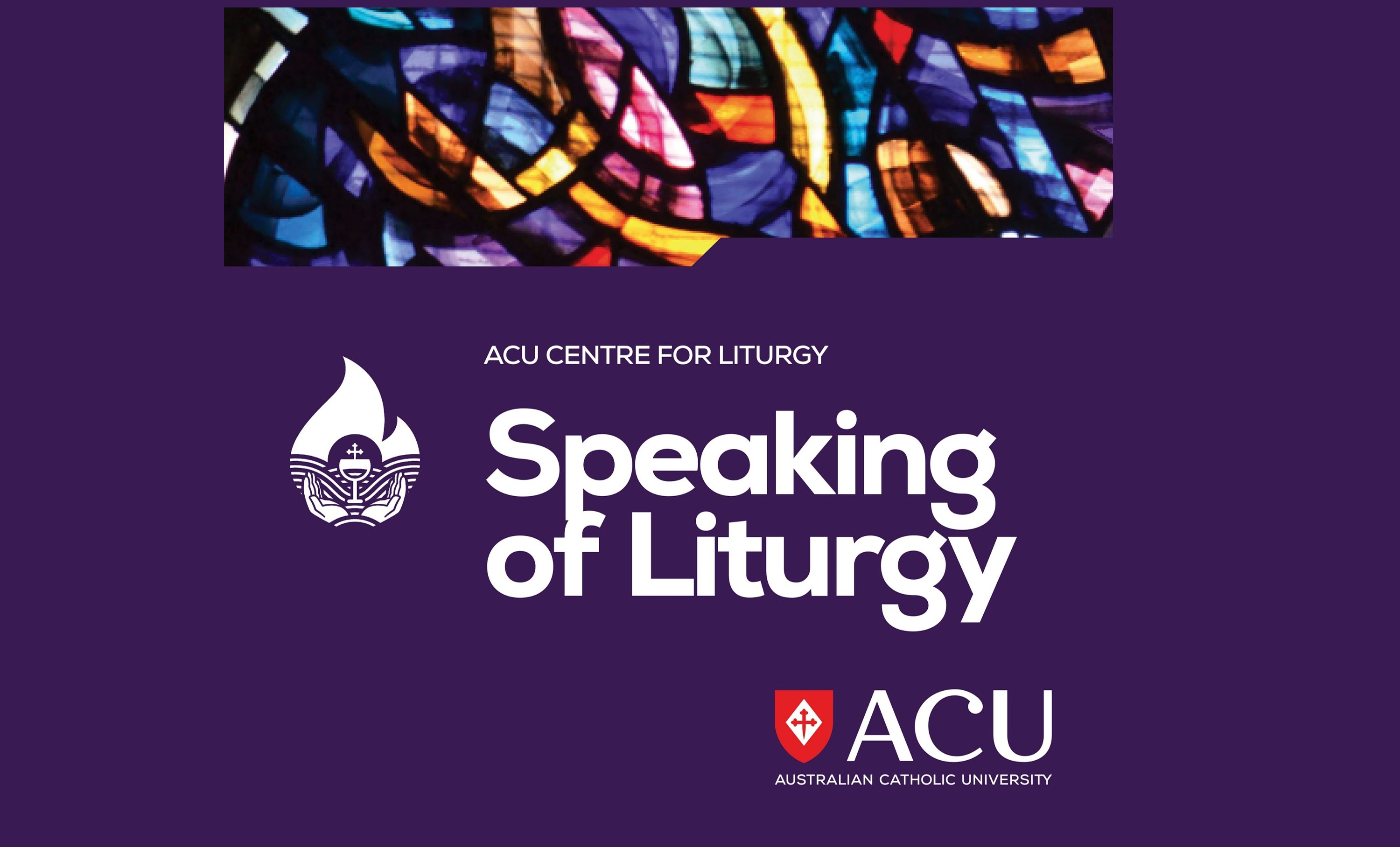
Chris Ohlsen describes how Christian funerals offer hope because of our shared destiny of eternal life in Christ and discusses ways to build a bridge between the expectations of mourners and the church's faith in an era of increasing secularisation.

Sam Wegner explores the uniqueness of the Christian funeral, especially in relation to the lesser-known Funeral Vigil.

